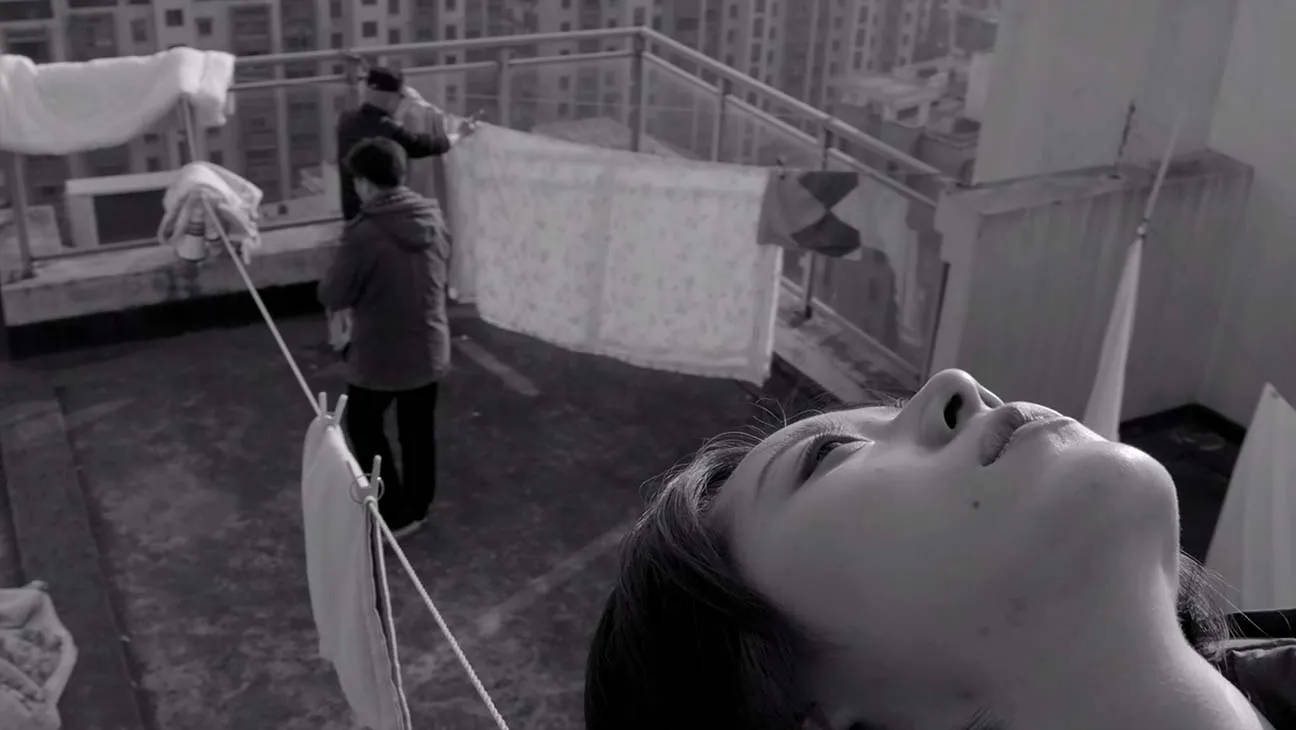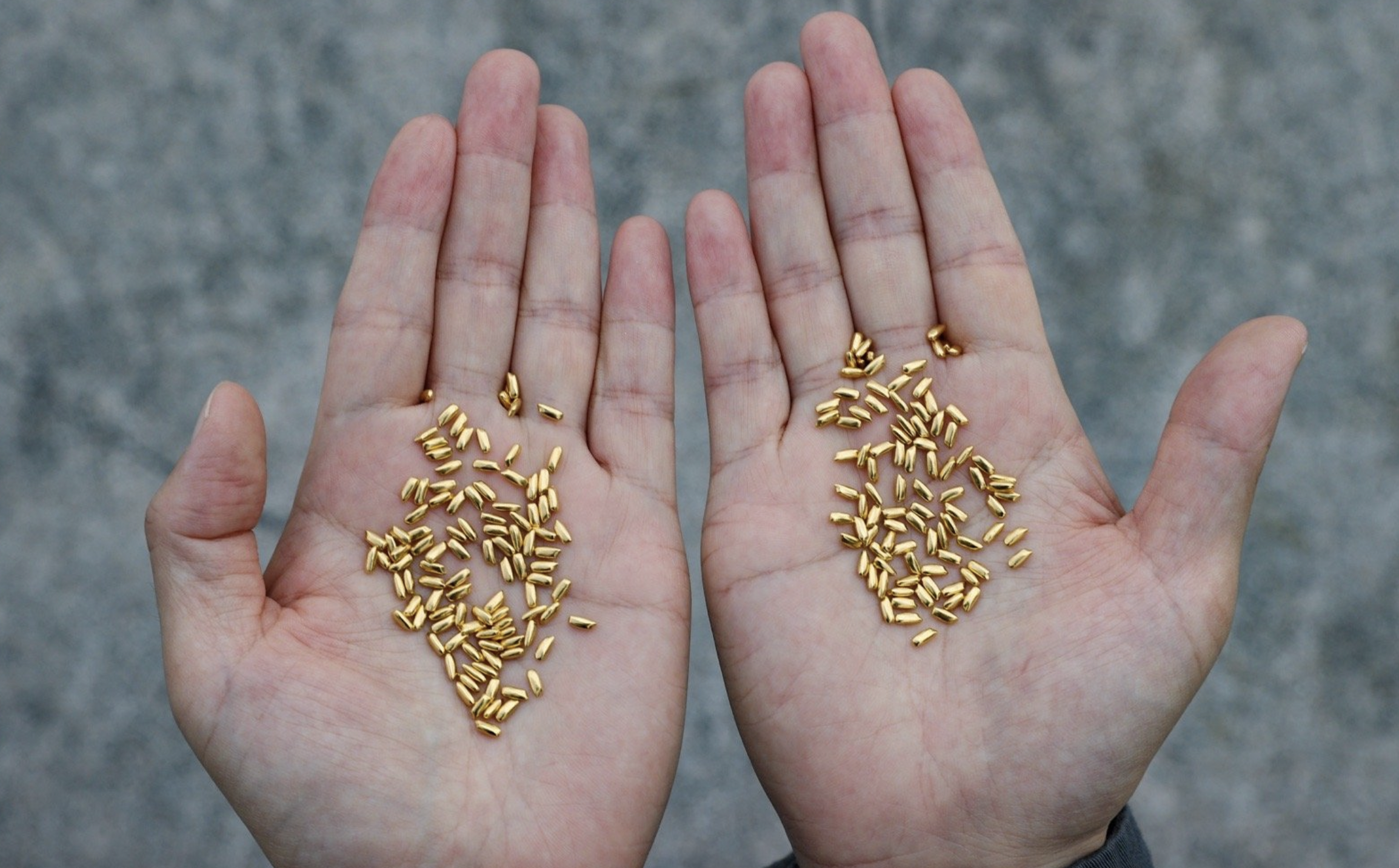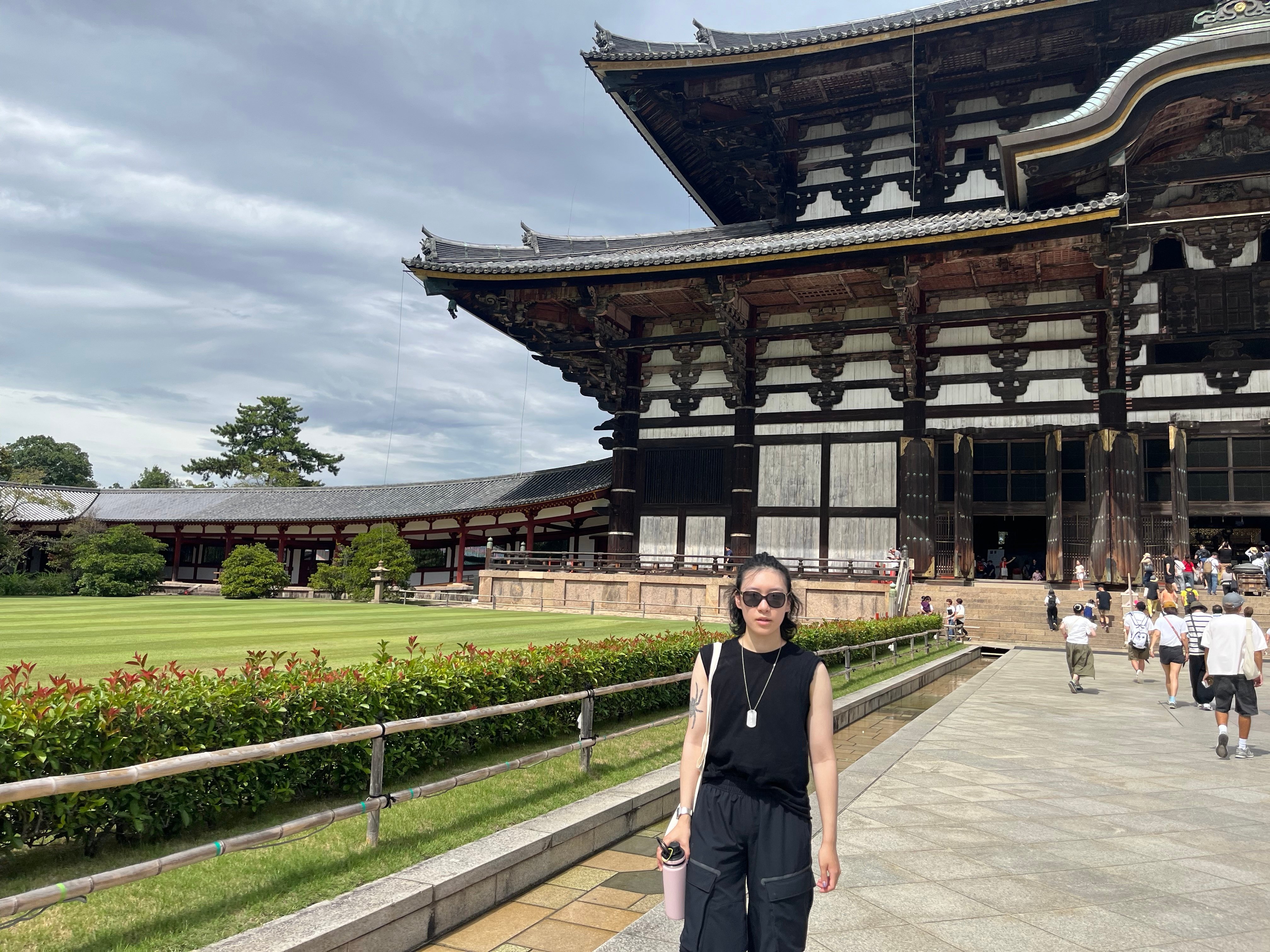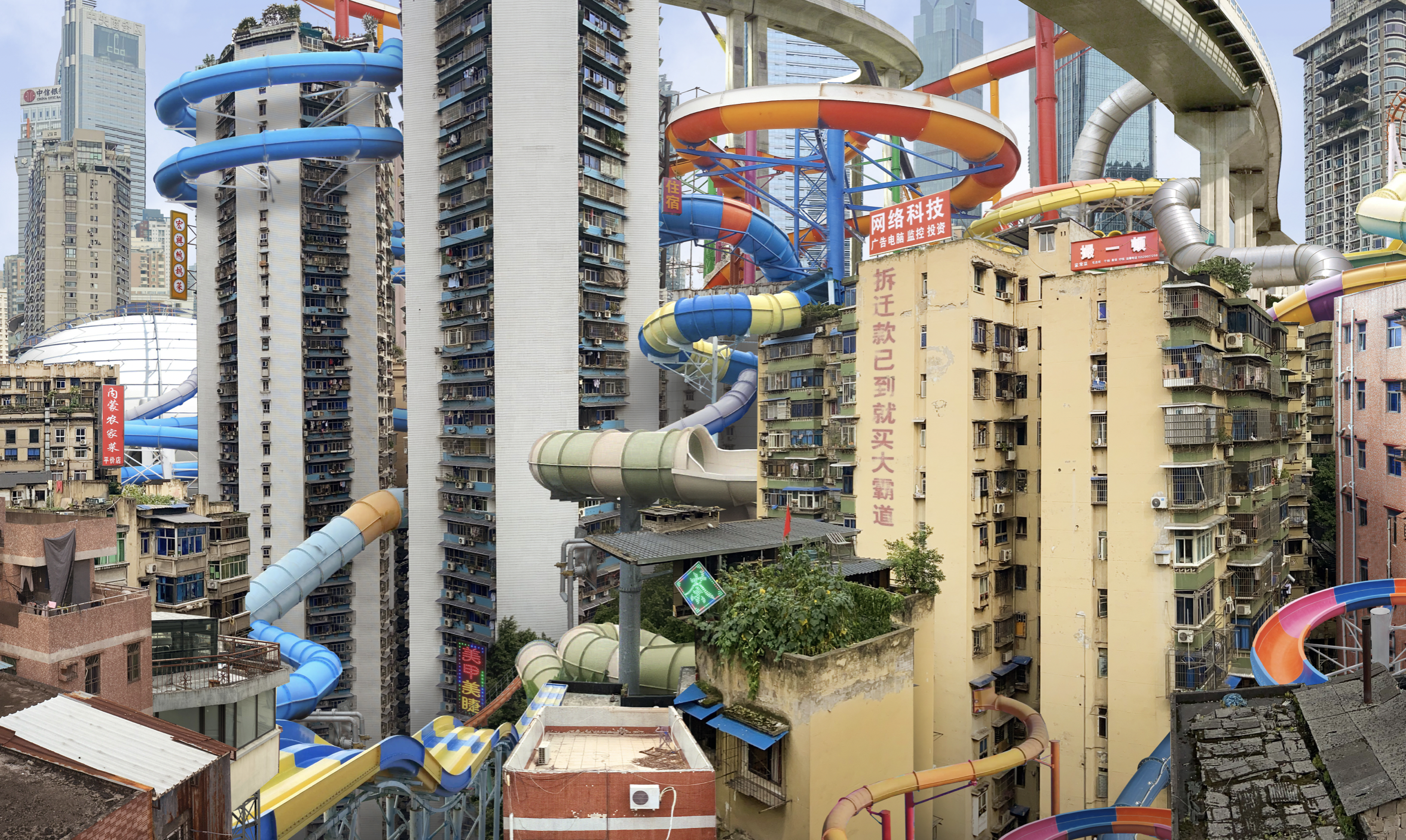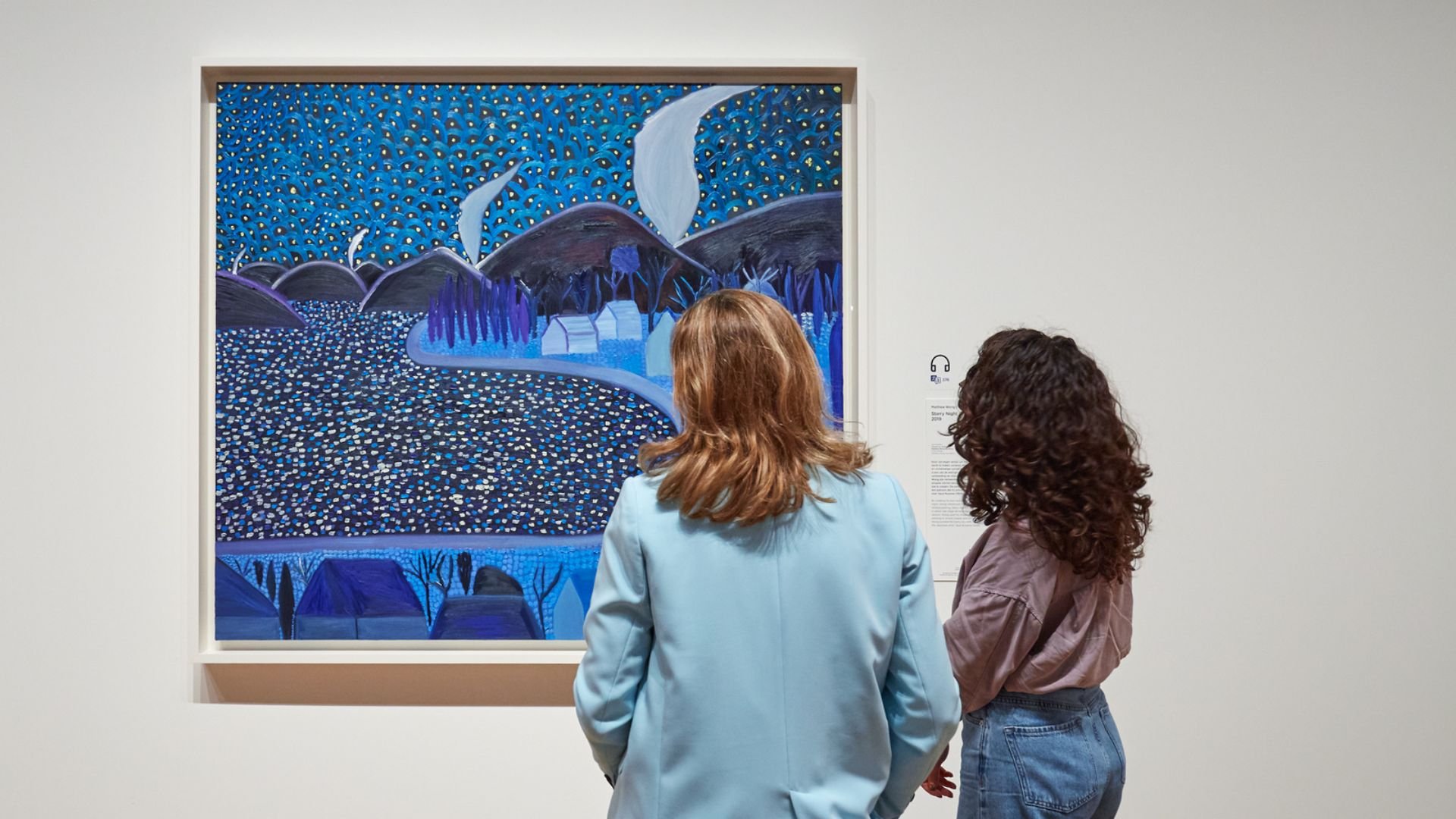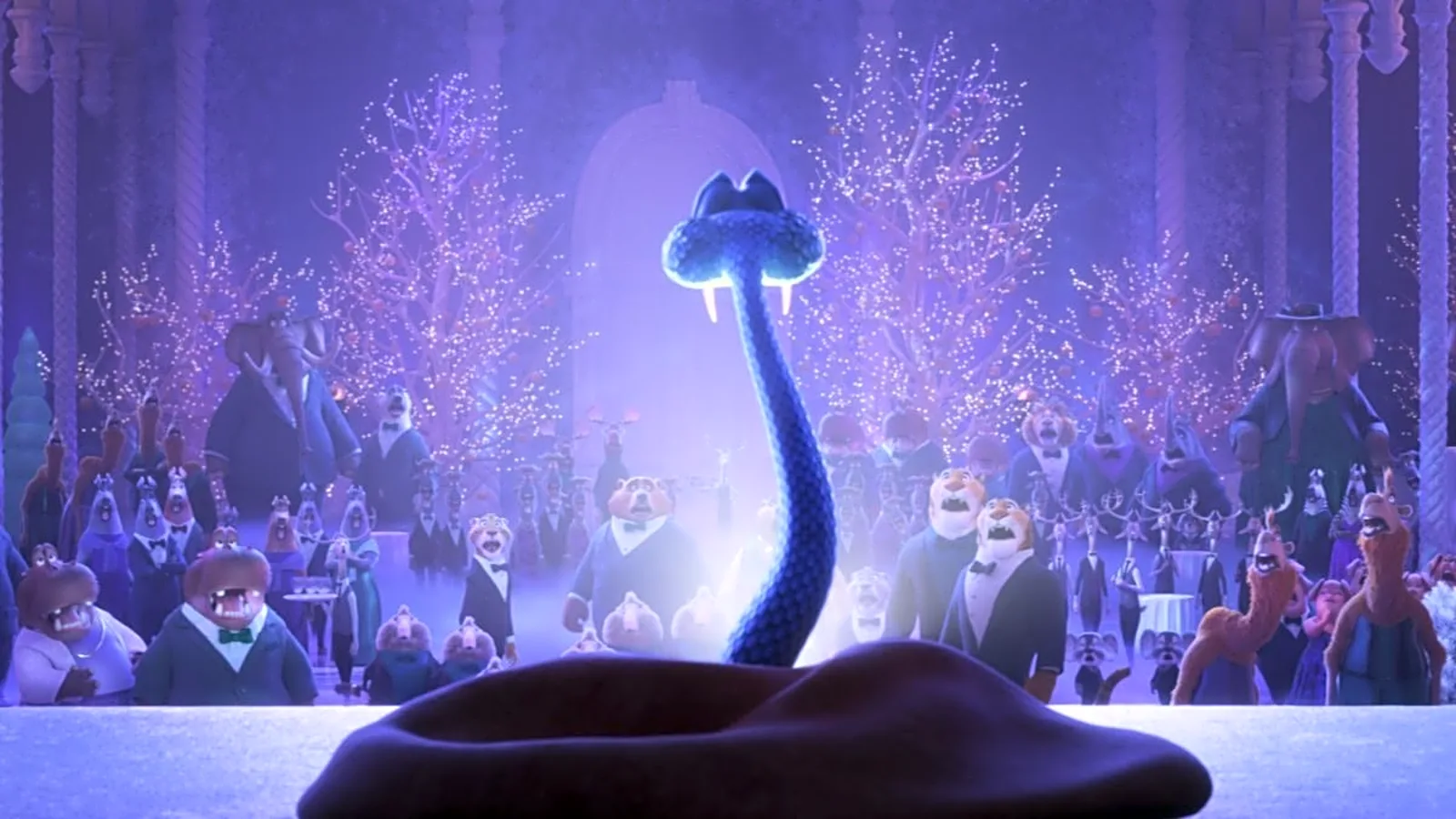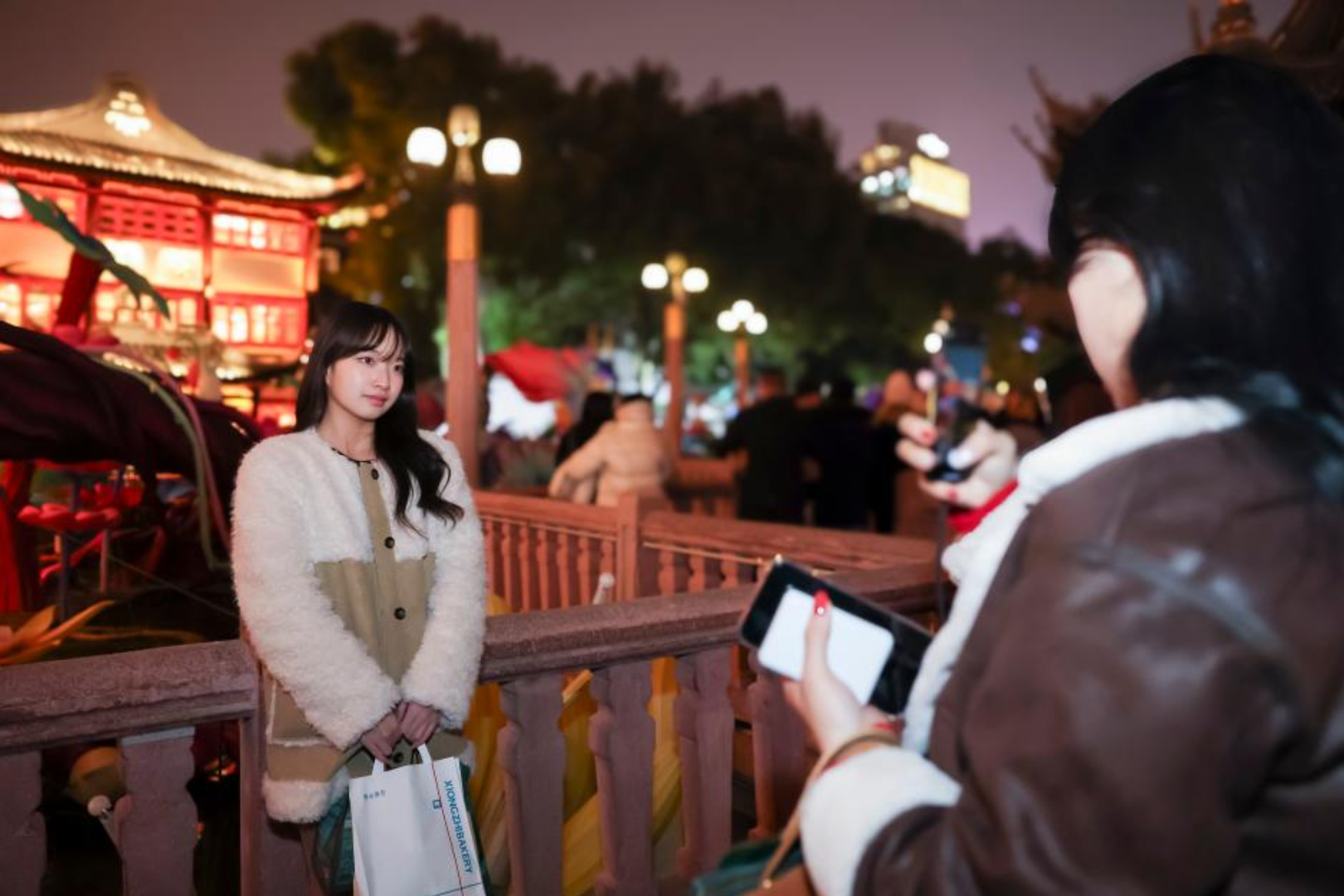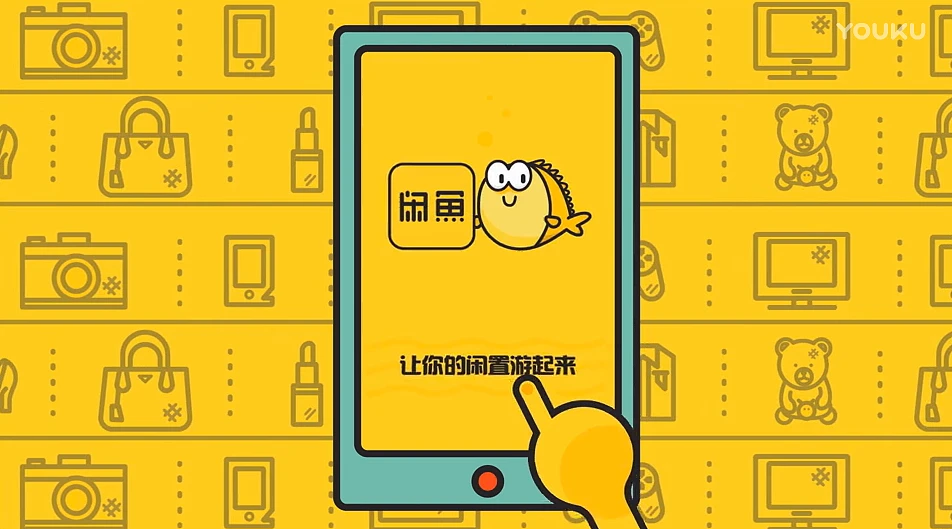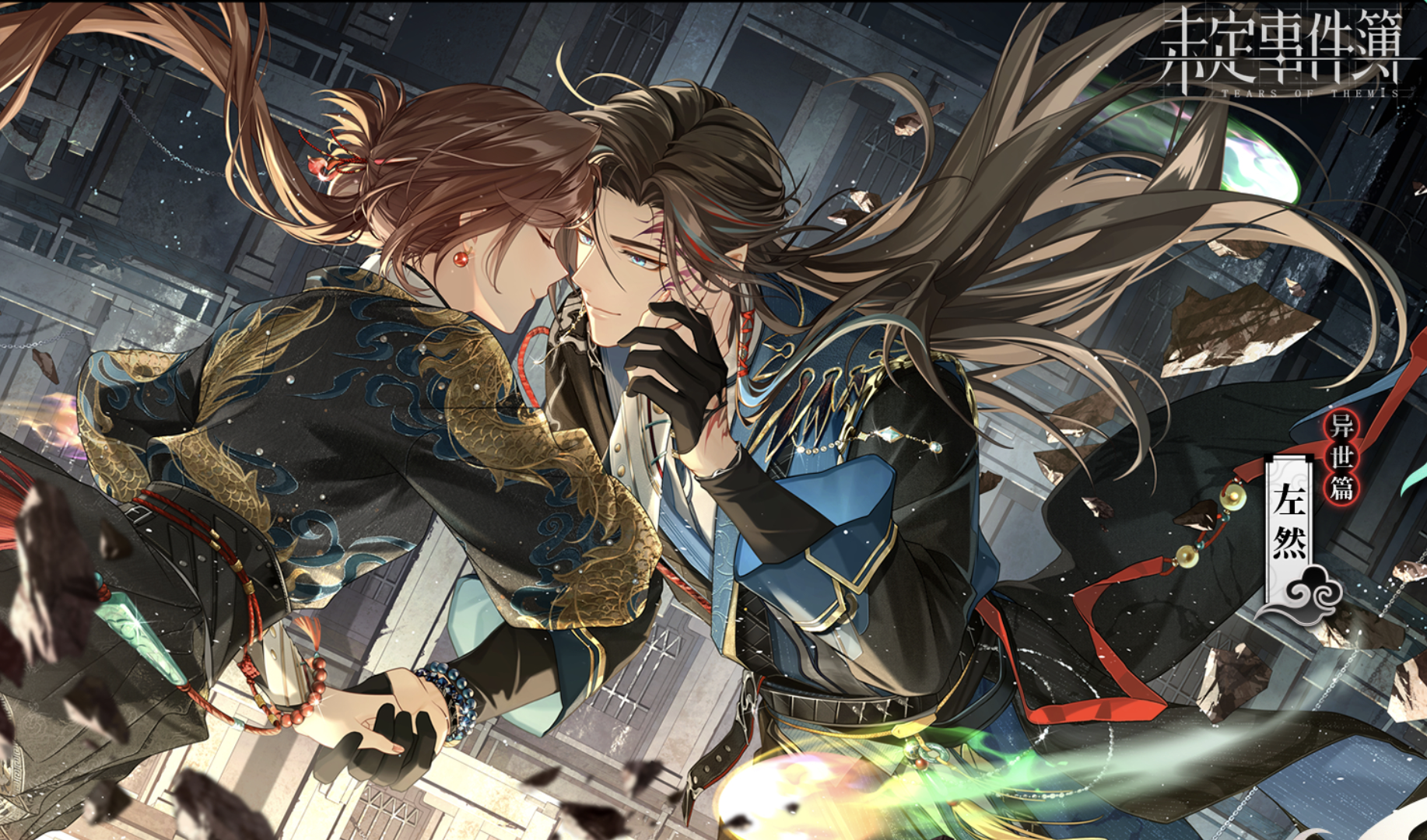In March, artist Yang Yexin (Forest Young) opened an exhibition titled “Gold Grains Rush” at the Spring-Time Contemporary Art Research Center in Beijing. The installation involved Yexin spreading five tons of rice across the gallery floor, which also included 1,000 hidden grains of rice made from real gold. Visitors were invited to search for these golden grains, with the option of taking them home or tossing them back into the rice pile (which would you do?).
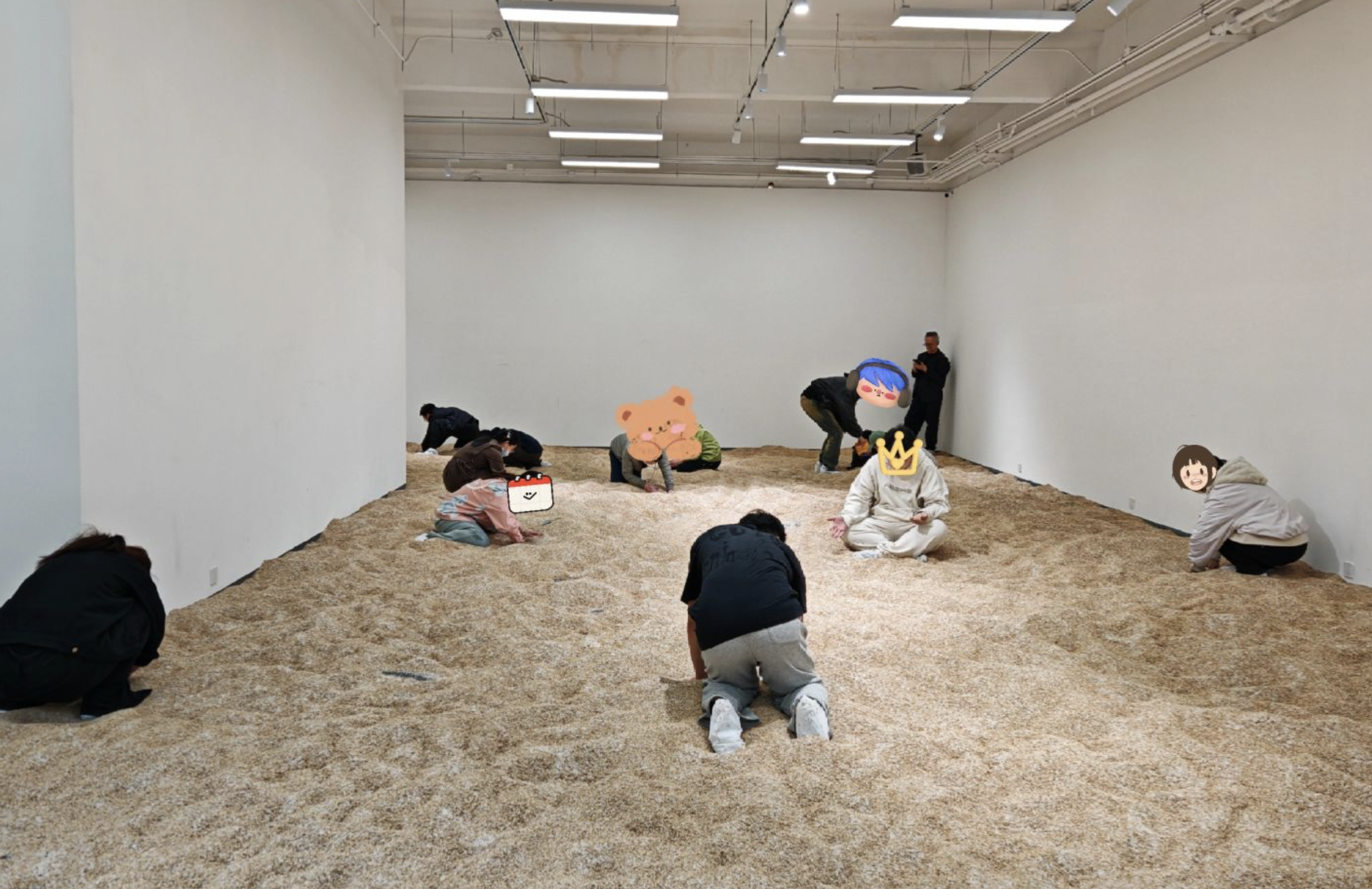
In a Weibo post, Yang explained, “At the exhibition, rice is polluted by grains of gold as a metaphor for food resources being eroded by capitalism.”
Yang Yexin, a Chinese artist and designer, has used performance art as a vehicle for social commentary since the 2010s. His work has raised awareness for children with autism, overconsumption, China’s 996 work culture, and other pertinent social issues.

Yexin takes social commentary as inspiration to fuel more conversations. In May 2021, Yuan Longping passed away at the age of 91. He was a Chinese agriculturalist credited with developing a hybrid rice that drastically increased global food production. Yuan’s funeral in Changsha drew a large crowd of mourners, many of whom followed his hearse all the way to the funeral home. Yuan’s passing inspired a broader conversation on Chinese social media about food waste, particularly criticizing mukbang vloggers who eat excessive food only to vomit between takes, as well as the cultural habit of ordering more than the party can eat to “save face.”
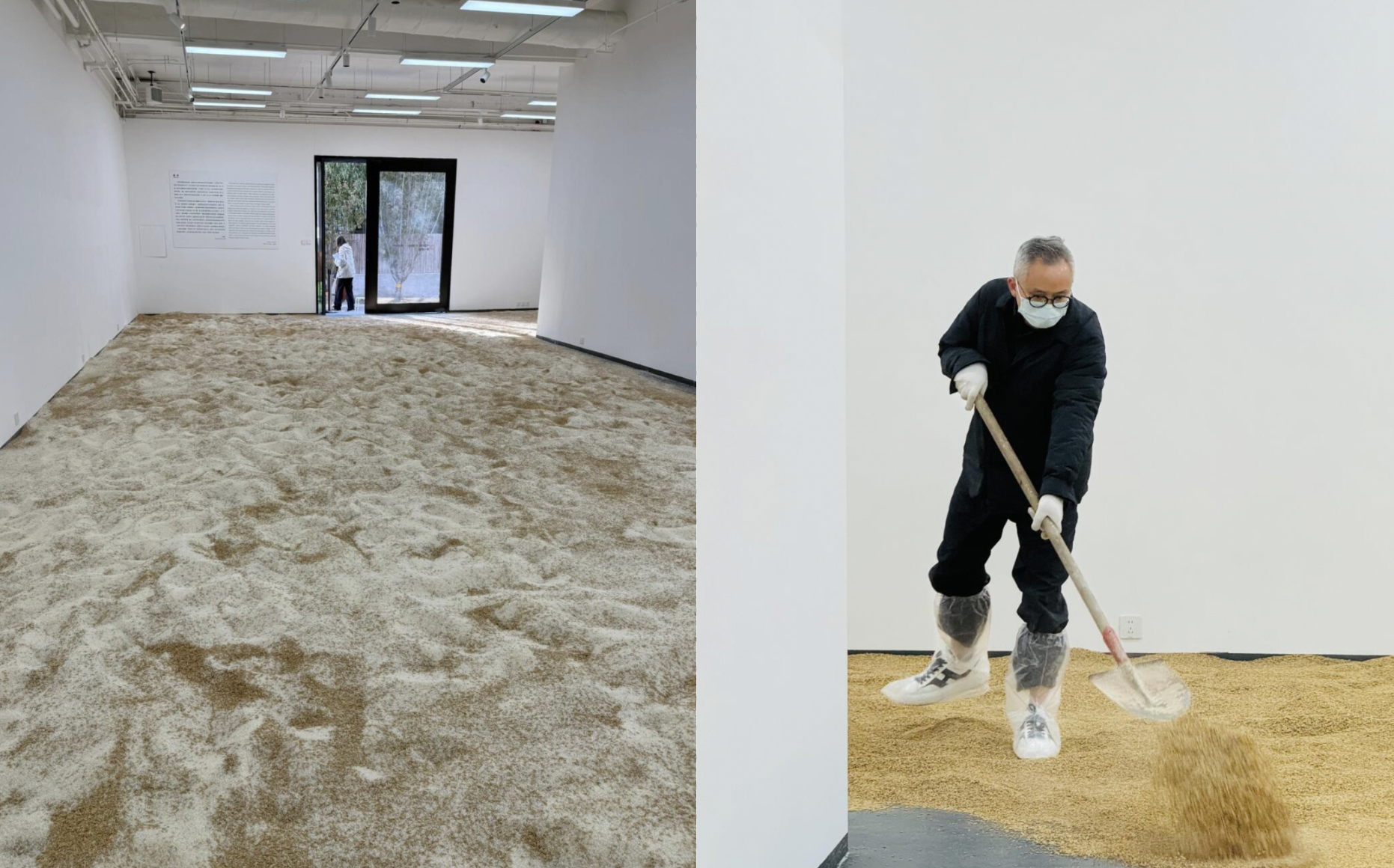
In the same year, Yang Yexin began a project criticizing food waste on World Food Day. The artist threw away 1,000 grains of rice made from real gold into trash bins, rainwater drains, subway tracks, and public parks, highlighting how carelessly food is discarded.
But Yang’s latest installation, the “Gold Grains Rush,” goes beyond food waste to explore our willingness to trample food in search of gold. The exhibition juxtaposes the scarcity of gold hidden in an abundance of rice. Visitors become active participants in the project as they dig through the rice and reflect on their own views of food versus wealth.
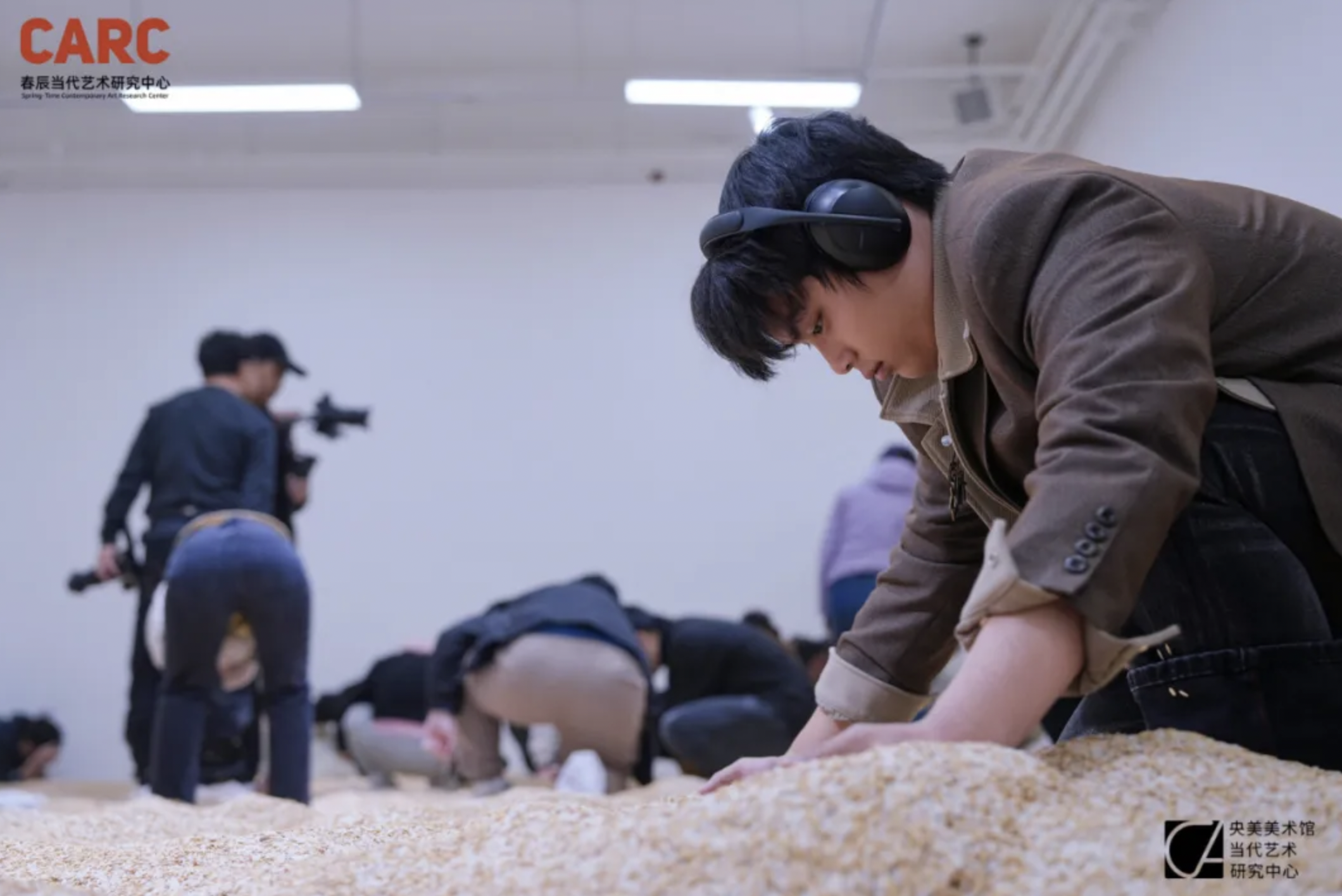
The second phase of the exhibition begins in late May, when the remaining rice and gold mixture will be randomly divided into 2,000 jars. The first jar will be sold for 100 RMB (14 USD), with the price increasing for each subsequent jar, culminating in a final jar priced at 35,000 RMB (4,858 USD). The jars function as a blind box, meaning buyers won’t know if their purchase will contain gold. In doing so, Yang draws a parallel between the value of rice and gold — the priciest jar might include a few golden grains or just rice that’s been touched and stepped on by thousands of people. Combined, the two phases of the project suggest that acquiring wealth depends not only on effort but also on luck.
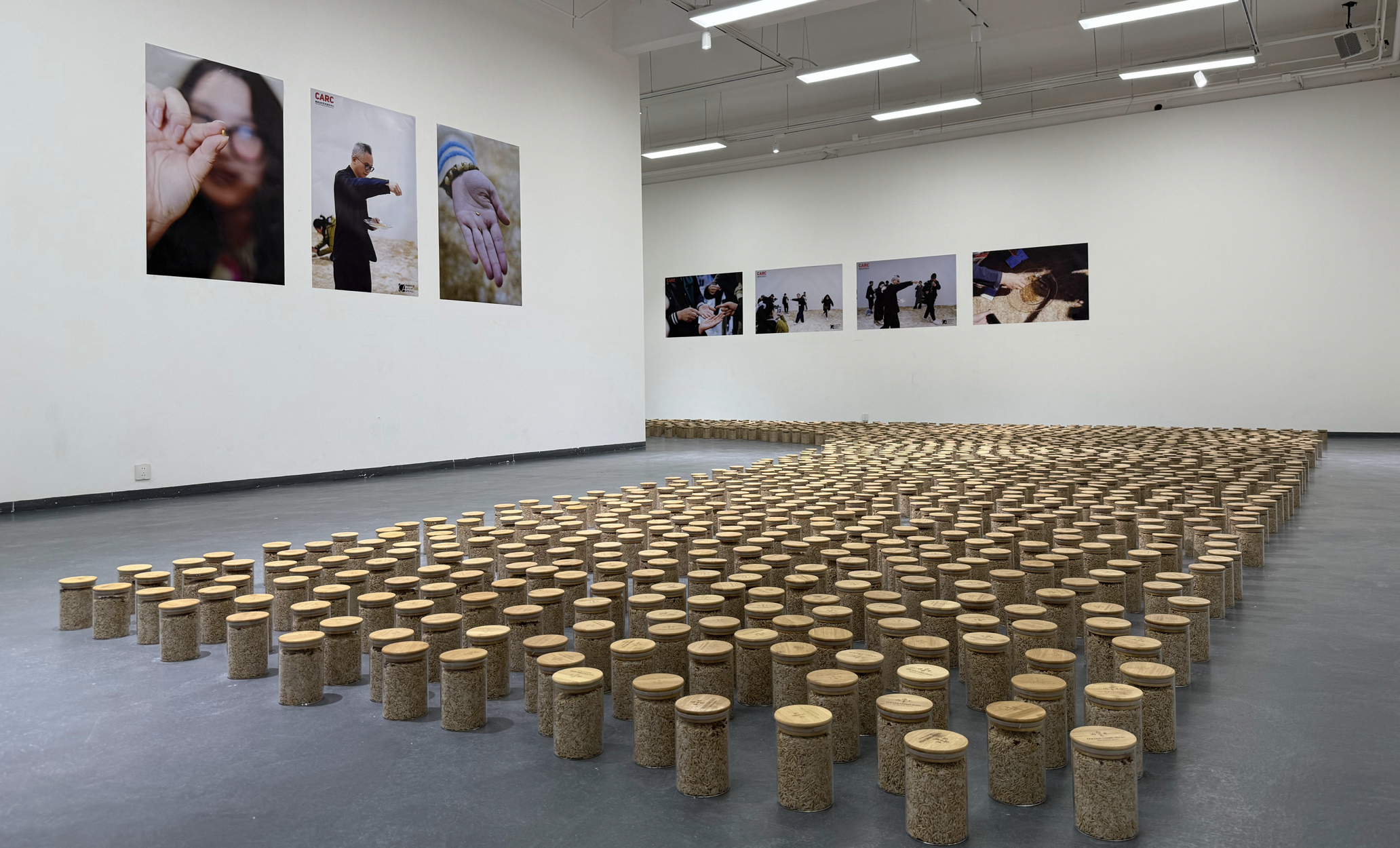
The project has since sparked controversy online, bringing awareness to food waste in an unintended way. Netizens debate the definition of “food waste” and question whether using five tons of rice for an installation constitutes waste itself. One Weibo user commented, “I don’t understand this type of art. Coming from an ordinary person, if five tons of rice are not eaten by those who need it, then it is wasted.” Another RedNote user commented, “We should lock up rich people in a room filled with golden grains and ask them to dig for the hidden rice. I think that’s real art.”
Whether seen as a tone-deaf performative waste or an introspective artwork, Yang ultimately challenges viewers to confront the uncomfortable intersection of wealth and food security by forcing the questions: What do we value more, food or money? And at what cost?
Cover via Weibo/@杨烨炘ForestYoung.
